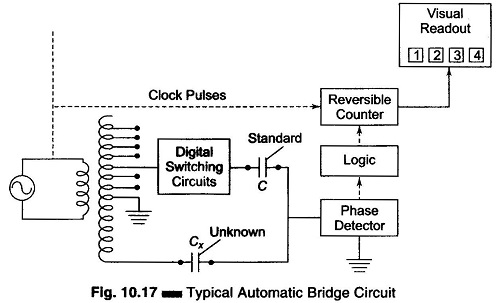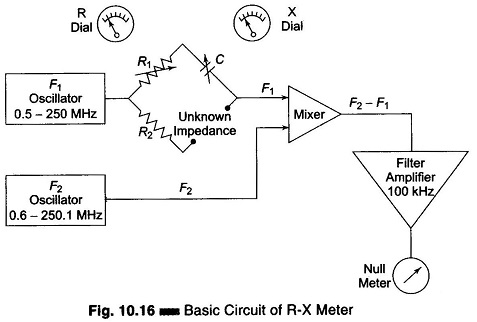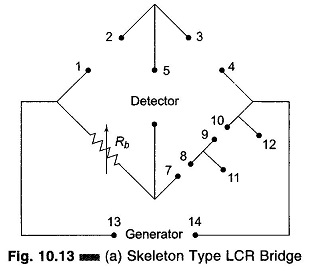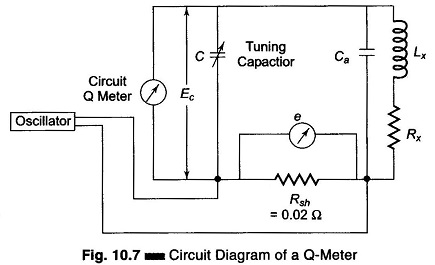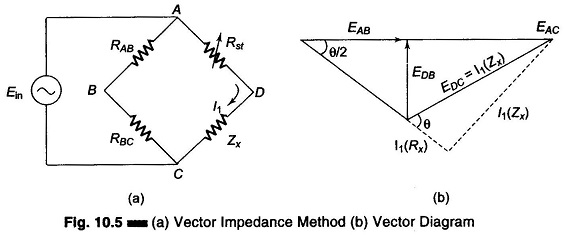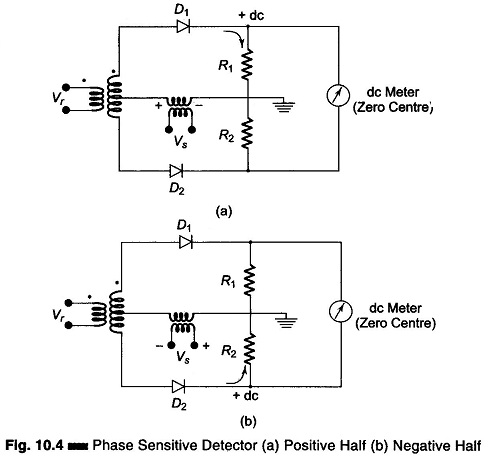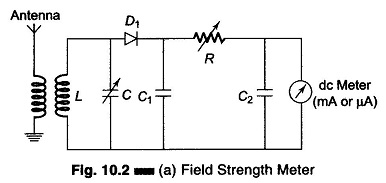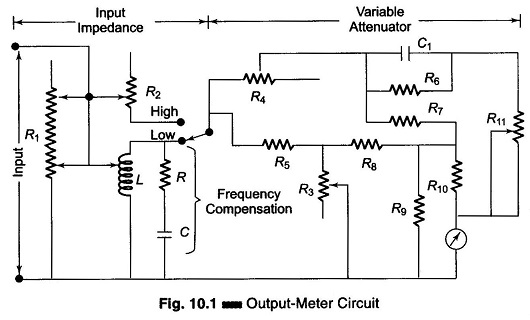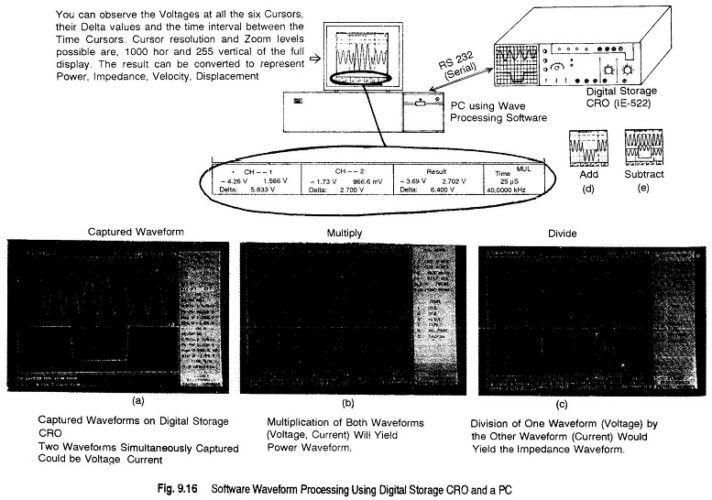Automatic Bridge Circuit
Automatic Bridge Circuit: The bridges discussed so far require that the controls be adjusted for balance after each capacitor (or other devices being tested) is connected to the bridge. In effect, they are manual. In recent years a number of automatic bridges have been developed. These Automatic Bridge Circuit provide an automatic readout without adjustment […]
Automatic Bridge Circuit Read More »

